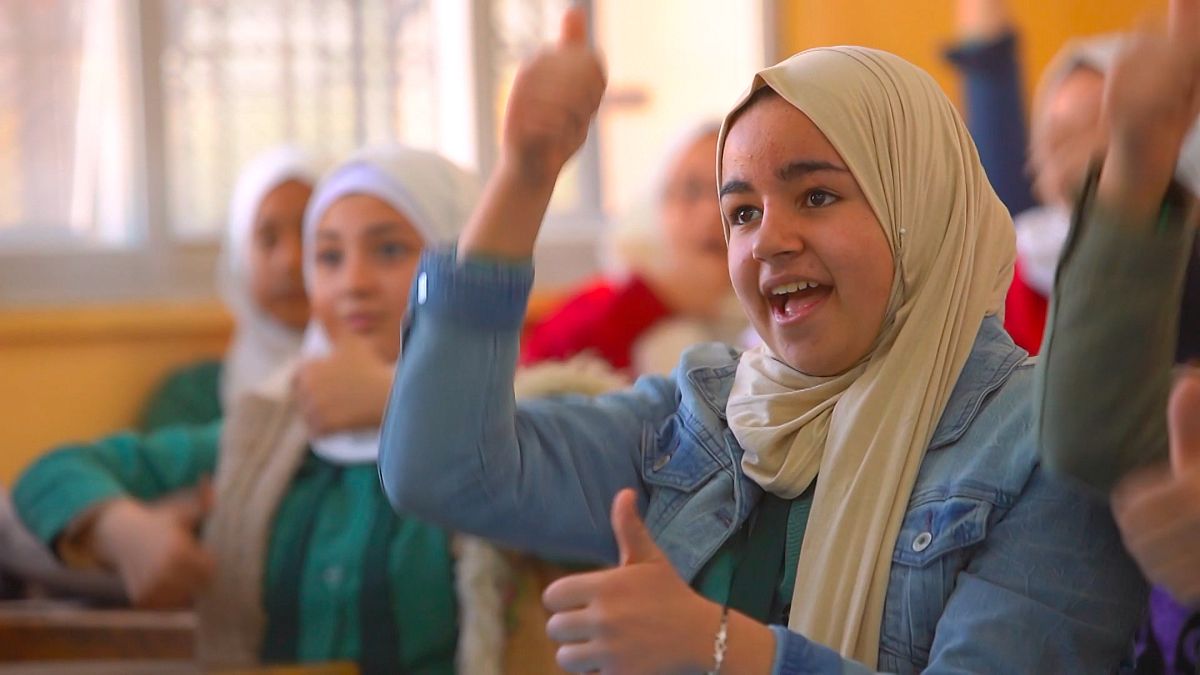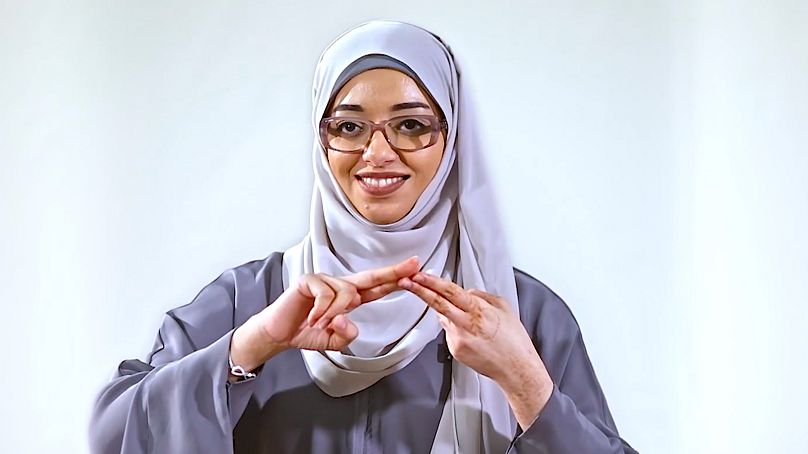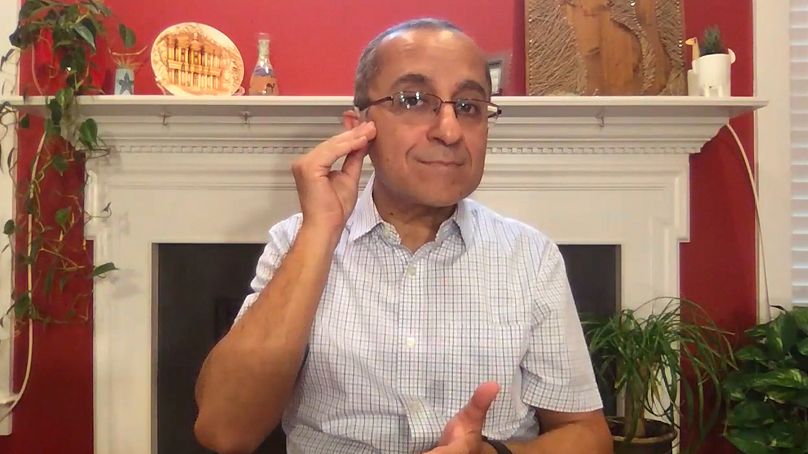There are approximately 72 million deaf people worldwide, using more than 300 different sign languages, according to the World Federation of the Deaf (WFD).
There are approximately 72 million deaf people worldwide, using more than 300 different sign languages, according to the World Federation of the Deaf (WFD).
The UAE launched its first sign language dictionary in 2018.
Yet there were challenges, such as a limited sign vocabulary and variations of Emirati sign language, says one of its founders.
“Deaf people live across the [UAE] country and practice different sign dialects,” explains Salma Al Tamimi, head of the hearing disabilities department at the Zayed Higher Organization in Abu Dhabi.
“So, to develop our unified language, we collected information with a team of about 100 people from 60 areas.”
To accommodate different regional dialects, the 5000-word dictionary includes Emirati signals for a man’s headdress, or ghutra, and multiple gestures for henna and oud perfume.
A sign of division
Sign languages are developed culturally, with people utilizing what they see and experience around them, to communicate and connect with others.
Meaning that language signs can differ greatly, between districts and countries, throughout the region.
In Emirati sign language, the gesture for “coffee” involves shaking an imaginary cup.
Whereas elsewhere in the region, including some countries in the Levant, people lift an imaginary cup to their lips.
UArSL dictionary
The first dictionary of Unified Arabic Sign Language was released in 2001.
Its creation was driven by governments and organisations across the region, looking to standardize the language.
Its additional aim was to improve levels of education and television programming for deaf people.
Many in the deaf community, however, felt that it sent the wrong signal.
“Unified Arabic sign is an artificial system, created by a committee that excludes indigenous Middle East sign language,” Bader Alomary, a former director at the Ministry of Labour in Saudi Arabia, says using sign language. “Instead, we need language accessibility and appropriate educational resources to empower.”
A motion for education
Language and education are defined as human rights by the United Nations, yet up to 80% of deaf people worldwide receive no education, reports WFD.
To improve their chances of entering the workforce, office tools which could be made available include subtitles, videos and interpreters.
Overcoming the statistics is Mohammed Obiedat from Jordan, who lost his hearing aged 15.
To compensate for a lack of interpreters, and keep up with his hearing classmates, Obiedat worked twice as hard.
“I always went to the library, brought books home and studied for long hours,” the double doctorate holder told Inspire Middle East’s Salim Essaid. “I am deaf in a hearing world, so I realized that if I want to have a good life, then my best option is with a good education.”
Obiedat now teaches math and science at Gallaudet University in Washington DC, which teaches in both sign and written English.
SEEN ON SOCIAL MEDIA: COMMUNICATION
Jordanian Sanad teaches sign language through song.


